

STUDENT ADMISSION:
The Student Admission module is a key component of the Educational Resource Management (ERM) system. It allows for the streamlined and efficient handling of new student enrollments. This feature automates the admission process, from collecting application details to confirming enrollment, reducing paperwork and human error.

Filteration:
The Filtration feature in the Student Admission module allows administrators to efficiently sort and filter applicant data based on specific criteria. This helps in identifying eligible candidates, prioritizing admissions, and making data-driven decisions.
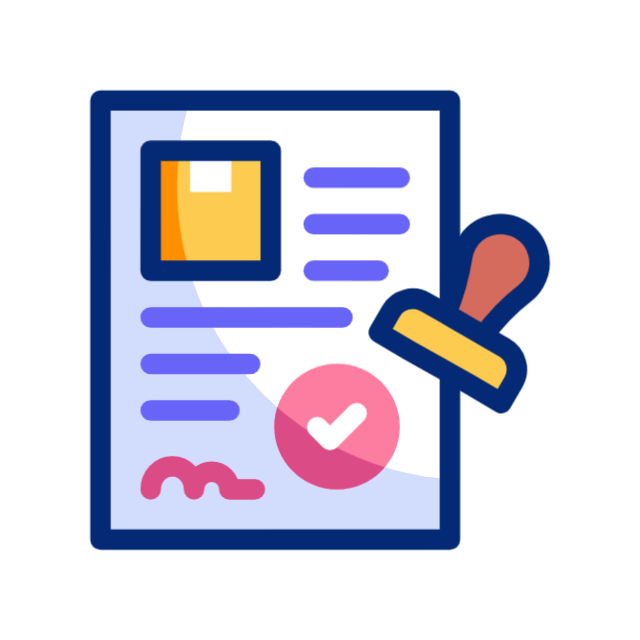
APProval:
The Approval feature in the Student Admission module enables administrators and admission officers to review and confirm student applications after they pass the required filtration and verification steps.

assign roll number:
The Assign Roll Number feature generates unique identification numbers for students after admission approval. It can be done automatically based on a set format or manually by administrators. This ensures organized student records and prevents duplication. Roll numbers are linked to student profiles for academic tracking. The feature supports batch-wise or department-wise assignments.
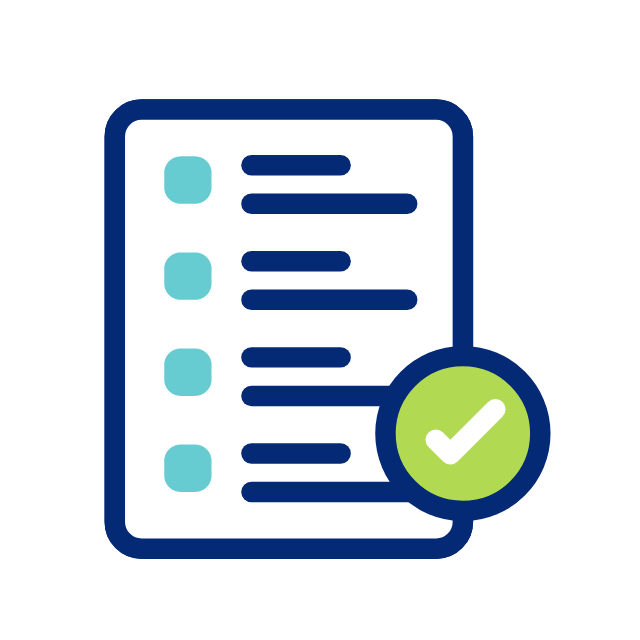
approved list
The Approved List feature displays the list of students whose admissions have been verified and approved. It helps administrators easily track confirmed admissions. The list can be filtered by course, batch, or category. It also supports exporting data for reports or announcements. Notifications can be sent to students listed as approved.

staff admission
The Staff Admission feature manages the onboarding process for new teaching and non-teaching staff. It collects personal, academic, and professional details during the application. Admins can verify documents and approve staff profiles. Assigned roles and departments are set during admission. This ensures smooth integration of staff into the institution’s system.

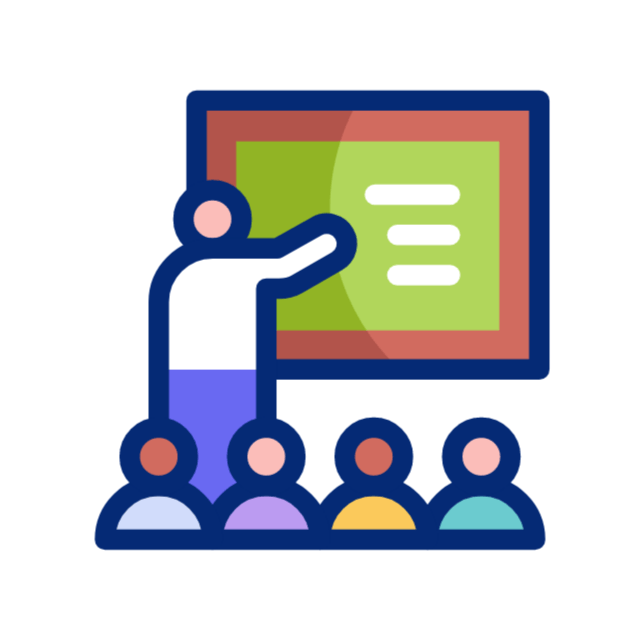
class:
The Class feature helps in creating and managing academic classes for each course or grade. Administrators can assign subjects, teachers, and students to specific classes. It supports class-wise timetables and schedules. Class capacity, sections, and room allocation can be managed easily. This feature ensures organized academic structure within the institution.

books:
The Books feature manages the institution’s library resources digitally. It allows staff and students to search, issue, and return books efficiently. Admins can track book availability, due dates, and fines. Categories, authors, and ISBNs can be managed for better organization. This feature helps maintain a structured and accessible library system.

section allocation:
The Section Allocation feature allows administrators to divide students into different sections within a class. It helps manage student distribution based on strength, language preference, or performance. Teachers can be assigned to specific sections. The system ensures balanced class sizes and smooth academic management. It also supports automatic or manual section allocation.

section deallocation:
The Section Deallocation feature allows administrators to remove or reassign students from a previously assigned section. It is useful during transfers, reorganization, or correction of allocation errors. The system ensures updated records without affecting academic data. Deallocation can be done individually or in bulk. It helps maintain flexible and accurate section management.

skill set:
The Skill Set feature records and tracks the individual skills of students or staff members. It helps in identifying talents beyond academics, such as communication, leadership, or technical abilities. Skills can be added, rated, and updated over time. This supports personalized learning and staff development. It also aids in organizing skill-based programs and workshops.

assign class:
The Assign Class feature allows administrators to place students into specific classes based on their course, grade, or admission details. It supports both manual and automatic assignment. Class size limits and section preferences are considered during allocation. Assigned classes are linked to student records for attendance and academics. This ensures organized and efficient class management.

revoke class:
The Revoke Class feature allows administrators to remove students from an assigned class when needed. It is used during transfers, withdrawals, or class restructuring. The system updates student records without losing historical data. Reallocation to a new class can be done seamlessly. This feature ensures flexibility and accuracy in class management.

timetable:
The Timetable feature helps create and manage daily class schedules for students and teachers. It supports period-wise planning with subject, teacher, and room assignments. Timetables can be generated automatically or customized manually. Changes can be updated in real-time for all users. This ensures organized academic flow and reduces scheduling conflicts.


define fee:
The Define Fee feature allows administrators to set up fee structures for different courses, classes, or categories of students. It includes tuition, transportation, hostel, and other customizable fee components. Discounts, scholarships, and late fee rules can also be defined. This ensures accurate billing and smooth fee collection. The system supports term-wise or monthly setups.
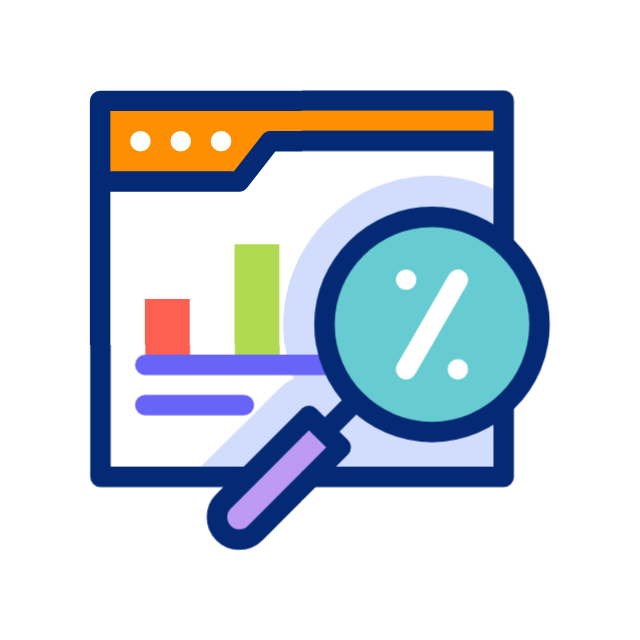
define quota:
The Define Quota feature enables institutions to set specific admission quotas based on categories like SC/ST, OBC, EWS, management, or sports. Each quota can have reserved seat limits and eligibility criteria. It helps ensure fair and inclusive admission processes. Quotas can be customized as per institutional or government policies. The system auto-applies quotas during student admission.

fee master:
The Fee Master feature serves as the central setup for managing all fee-related configurations. It defines fee heads, amounts, frequency, and applicable classes or student categories. Fee structures can be reused, modified, or assigned to specific academic years. It ensures consistency and accuracy in fee management. This feature simplifies the overall fee planning process.
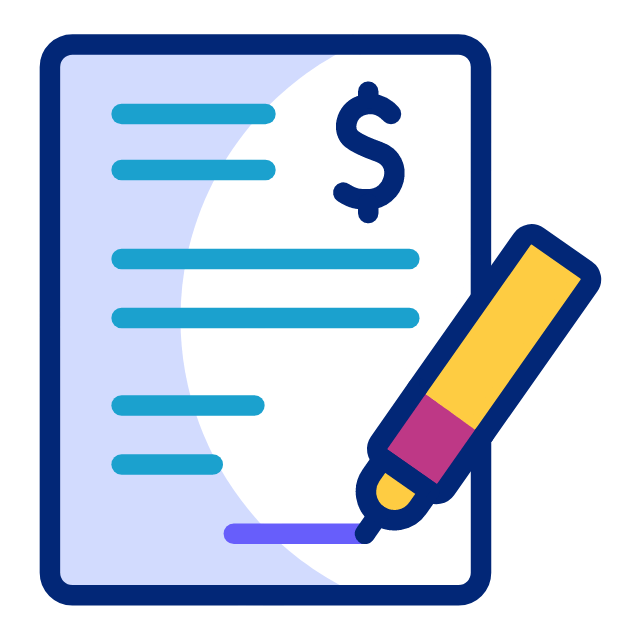
modify fee:
The Modify Fee feature allows administrators to update or adjust fee details after initial setup. Changes can be made to amounts, due dates, fee heads, or applicable student groups. It supports corrections, concessions, or late fee adjustments. All modifications are logged for transparency. This ensures flexible and accurate fee management.
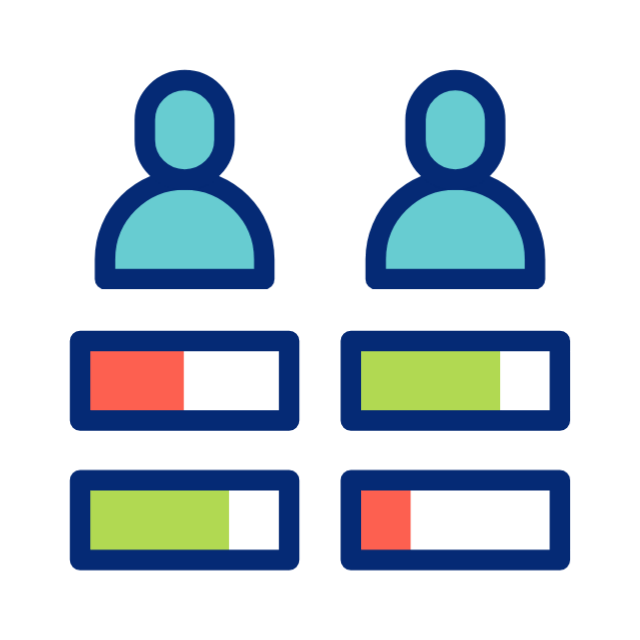
assign quota:
The Assign Quota feature allows administrators to allocate predefined quota categories to eligible students during the admission process. It ensures students receive benefits or seat reservations based on their quota. The system checks eligibility criteria before assignment. Assigned quotas are recorded in the student’s profile for future reference. This promotes fair and rule-based admissions.
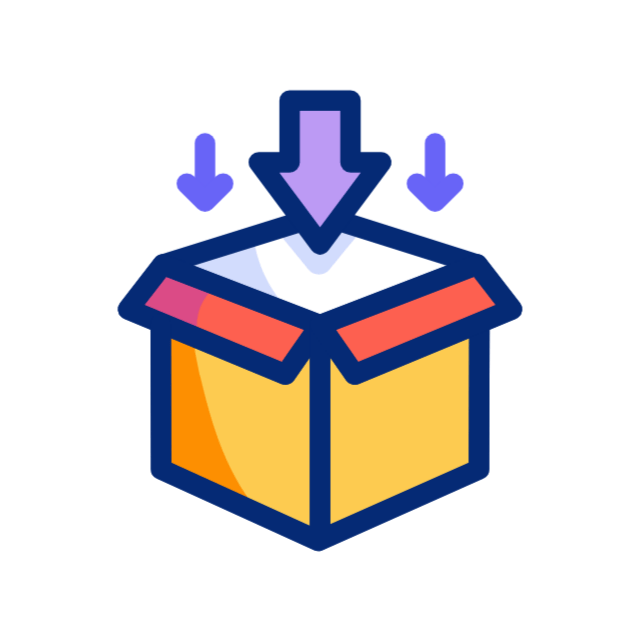
collection:
The Collection feature manages the receipt of fees and other payments from students. It supports multiple payment modes like cash, card, online, or bank transfer. Each transaction is recorded with a receipt for transparency. Real-time updates ensure accurate financial tracking. This feature helps streamline and monitor all fee collections efficiently.
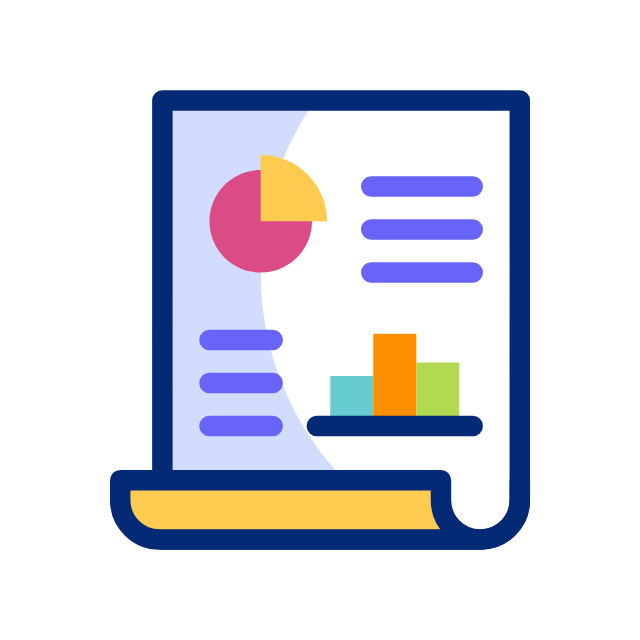
reports:
The Reports feature provides detailed insights and summaries across all modules like admissions, fees, attendance, and academics. Users can generate customized reports based on date, class, department, or category. Reports are exportable in formats like PDF or Excel. It helps in data-driven decision-making and compliance tracking. This feature ensures transparency and efficient administration.
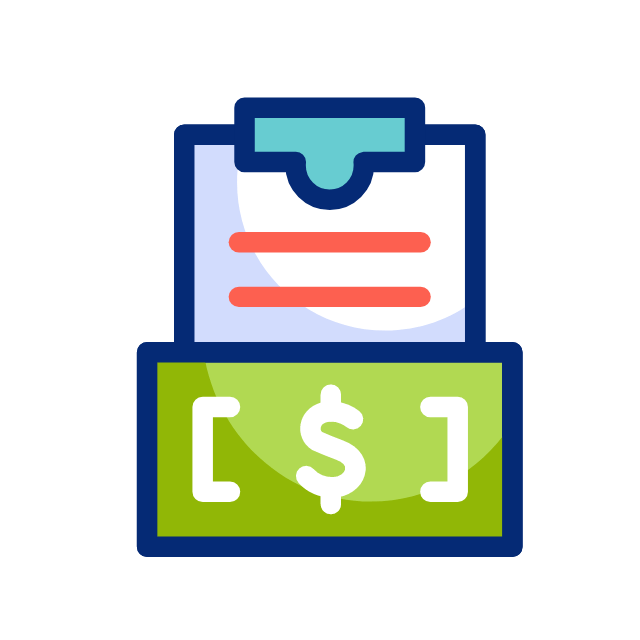
modify recipt:
The Modify Receipt feature allows authorized staff to edit or correct fee receipts in case of errors. Changes can include payment details, amount, date, or payer information. All modifications are tracked with logs for transparency. Permissions can be restricted to avoid misuse. This ensures accurate financial records and accountability.


calendar:
The Calendar feature displays important academic and administrative events in a centralized view. It includes holidays, exam dates, fee due dates, and other institutional activities. Events can be added, edited, and shared with students and staff. Color-coded entries help in quick identification. This feature improves planning, communication, and time management.
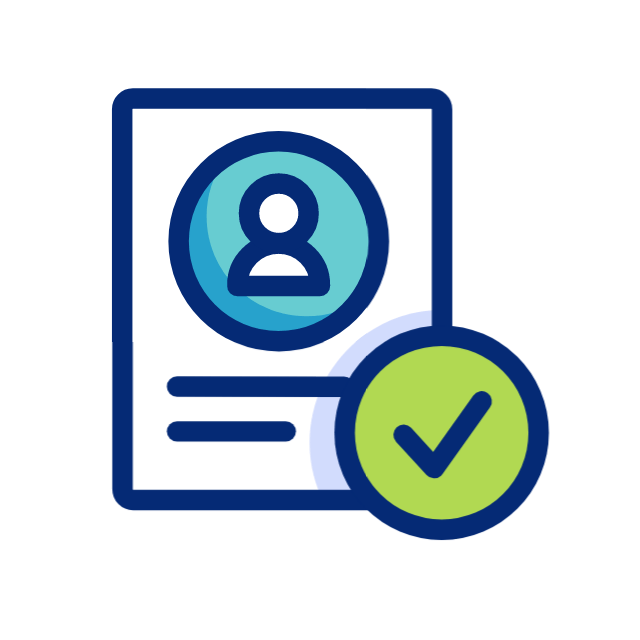
leave approval:
The Leave Approval feature allows administrators or faculty heads to review and approve leave requests from students or staff. Leave types, duration, and reasons are visible before taking action. Approvals or rejections are notified instantly to applicants. The system maintains a leave record for future reference. This ensures organized and transparent leave management.
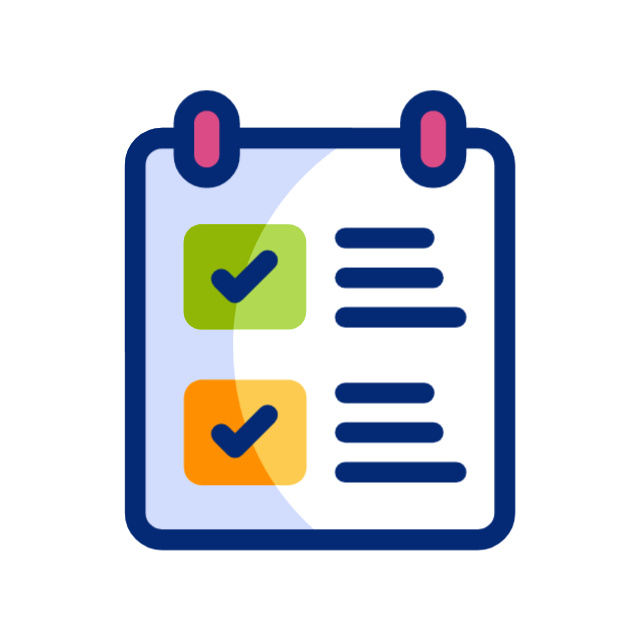
notice:
The Notice feature enables administrators to create and share important announcements with students, staff, or both. Notices can be categorized by type (academic, general, urgent) and targeted to specific groups. Users receive instant alerts via the portal or email/SMS. Past notices are archived for reference. This ensures timely and effective communication across the institution.
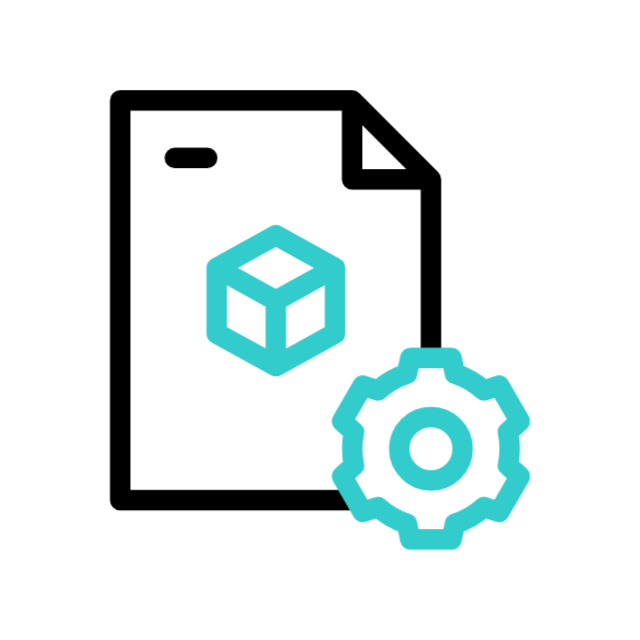
configuration:
The Configuration feature allows administrators to set up and customize system settings according to the institution’s requirements. It includes settings for academic years, grading systems, fee structures, user roles, and more. Proper configuration ensures smooth functioning across all modules. Changes can be updated anytime with admin access. This feature makes the ERM system flexible and institution-specific.

transfer students:
The Transfer Students feature allows administrators to move students from one class, section, or branch to another within the institution. It ensures all academic and fee records are updated automatically. Transfer reasons and history are maintained for transparency. The process is seamless and avoids data duplication. This feature supports smooth student mobility and management.

access management:
The Access Management feature controls user permissions and defines what actions each role (admin, teacher, student, etc.) can perform in the system. It ensures data security by restricting sensitive modules to authorized users only. Roles and access levels can be customized as per institutional needs. Real-time updates ensure immediate effect of changes. This feature helps maintain a secure and well-structured ERM environment.


student information:
The Student Information feature stores and manages complete details of each student, including personal, academic, contact, and admission data. All records are centralized and easily accessible to authorized users. It supports quick search, update, and tracking of student progress. Integrated with other modules like attendance and fees. This ensures accurate, organized, and up-to-date student records.

staff information:
The Staff Information feature maintains comprehensive records of all teaching and non-teaching staff. It includes personal details, qualifications, roles, department, attendance, and salary data. Information is securely stored and accessible based on permission levels. Staff profiles are linked with timetables, leave, and payroll modules. This ensures efficient staff management and easy access to essential data.


modification:
The Modification feature allows authorized users to update or correct existing records across various modules like student info, staff details, fees, and academics. It ensures data accuracy without affecting system integrity. All changes are logged for transparency and auditing. Modifications can be restricted based on user roles. This feature keeps institutional records current and error-free.

sheet:
The Sheet feature provides structured data views such as mark sheets, attendance sheets, and fee sheets for easy monitoring and analysis. It allows filtering, sorting, and exporting data in formats like Excel or PDF. Sheets can be customized per class, subject, or term. They support bulk updates and reporting. This feature ensures organized academic and administrative tracking.


define type:
The Define Type feature allows administrators to create and manage customizable categories or classifications used across the system. It includes types like fee type, leave type, document type, exam type, and more. These definitions standardize data entry and improve system organization. Types can be edited or expanded as needed. This feature ensures flexibility and consistency throughout the ERM system.

description:
The Description field is used to add detailed notes or explanations related to various entries across the ERM system. It helps provide clarity and context for data like fees, notices, leave requests, and more. Descriptions can be customized and updated as needed. They improve communication and record accuracy. This feature supports better understanding and transparency in system records.

modify marks:
The Modify Marks feature allows authorized staff to edit or update student marks after entry, in case of errors or re-evaluation. It ensures accuracy in academic records and report cards. All modifications are tracked with date, reason, and user details. Permissions can be restricted to prevent misuse. This feature supports transparent and controlled mark management.

cce skills:
The CCE Skills feature supports the recording and evaluation of co-scholastic skills under the Continuous and Comprehensive Evaluation (CCE) framework. It includes life skills, attitudes, values, and participation in activities. Teachers can grade students using predefined indicators. Skill assessments are reflected in report cards alongside academic scores. This promotes holistic student development and tracking.

cce test types:
The CCE Test Types feature allows institutions to define and manage different types of assessments under the Continuous and Comprehensive Evaluation system. It includes tests like formative assessments (FA), summative assessments (SA), projects, and oral tests. Each test type can have its own weightage and grading criteria. This ensures structured and standardized evaluation. It supports holistic academic tracking aligned with CCE guidelines.

score sheet allocation:
The Score Sheet Allocation feature allows administrators or teachers to assign score sheets to specific classes, subjects, or exams for mark entry. It ensures the correct format and structure are available for each evaluation. Allocation can be done by term, teacher, or test type. This streamlines the assessment process. It also helps maintain organized and accurate academic records.

score sheet deallocation:
The Score Sheet Deallocation feature allows administrators to remove or revoke previously assigned score sheets from classes, subjects, or exams. It is useful for correcting allocation errors or modifying assessment plans. Deallocation ensures that no further mark entries can be made in the removed sheets. All actions are logged for transparency. This helps maintain clean and accurate academic data.

score sheet sequence:
The Score Sheet Sequence feature defines the order in which score sheets appear for mark entry or report generation. It helps organize assessments chronologically or by importance (e.g., FA1, FA2, SA1, SA2). Teachers follow the set sequence to ensure consistency in data entry. The sequence can be customized per class or subject. This improves clarity and structure in academic evaluation.


vehicles:
The Vehicles feature manages all transportation-related details within the institution. It maintains records of buses, drivers, routes, capacity, maintenance schedules, and registration details. Each vehicle can be assigned to specific routes and stops for student transport. The system helps track usage, availability, and compliance. This ensures safe and organized transport management.

drivers:
The Drivers feature maintains detailed records of all drivers associated with the institution’s transport services. It includes personal details, license information, assigned vehicles, and route history. Driver attendance and performance can also be tracked. Background checks and document expiries can be managed through alerts. This ensures safety, accountability, and smooth transport operations.

vehicle maintainence:
The Vehicle Maintenance feature tracks the upkeep and servicing schedules of all transport vehicles in the institution. It logs repair history, service dates, parts replaced, and maintenance costs. Alerts can be set for upcoming service due dates or inspections. Proper records help ensure vehicle safety and reduce downtime. This feature supports efficient and compliant transport operations.

routes:
The Routes feature helps define and manage the transportation paths used for picking up and dropping off students and staff. Each route includes details like starting point, stops, timings, and assigned vehicles and drivers. It ensures organized and efficient travel planning. Changes to routes can be updated in real time. This feature supports safe and optimized transport logistics.

route stops:
The Route Stops feature allows administrators to define and manage all the pickup and drop-off points along a transport route. Each stop includes details like stop name, time, distance, and assigned students. Stops can be rearranged or edited based on need. This ensures accurate and efficient transport scheduling. It also helps track student transport usage effectively.

passengers:
The Passengers feature maintains records of all individuals—students or staff—assigned to use institutional transport. It includes personal details, assigned routes, stops, and vehicles. Changes in route or transport preference are easily updated. Passenger data ensures proper seat planning and safety tracking. This feature supports smooth and organized transportation management.

logs:
The Logs feature keeps a detailed record of all actions and changes made across the system by users. It includes timestamps, user IDs, module names, and specific activities performed. Logs help in auditing, troubleshooting, and ensuring accountability. They can be filtered and reviewed by administrators as needed. This feature enhances security and transparency in system operations.

vehicle types:
The Vehicle Types feature allows administrators to categorize transport vehicles based on size, capacity, or usage—such as buses, vans, or staff cars. Each type can have defined specifications like seating limit, fuel type, or route suitability. This helps in organizing fleet data and simplifying allocation. It also supports better reporting and maintenance planning. The feature ensures efficient transport resource management.

fees:
The Fees feature manages the complete fee lifecycle, including setup, collection, tracking, and reporting. It covers various fee heads like tuition, transport, hostel, and more, with options for discounts, concessions, and penalties. Payments can be recorded via multiple modes and linked to student profiles. Real-time tracking ensures accuracy and transparency. This feature supports smooth and efficient financial operations.


category:
The Category feature allows institutions to classify students, staff, or other data based on specific groupings such as general, SC/ST, OBC, EWS, or custom-defined labels. Categories help apply rules for admissions, quotas, fees, and reporting. Each category can have unique privileges or conditions. This ensures organized data handling and equitable policy implementation. It also supports customized analytics and insights.

MANUFACTURER:
The Manufacturer feature stores and manages details of companies or vendors that produce or supply items like vehicles, lab equipment, or infrastructure tools. It includes information such as name, contact, product types, and warranty details. This helps in tracking the origin and support contacts for institutional assets. It supports inventory, maintenance, and procurement modules. The feature ensures organized vendor and asset management.

purchase order:
The Purchase Order feature allows institutions to create and manage formal requests for goods or services from vendors. It includes details like item name, quantity, price, vendor, and delivery timeline. Each order is tracked from creation to fulfillment and linked with inventory and billing. Status updates ensure transparency and control. This feature supports efficient procurement and budget management.

items:
The Items feature manages a catalog of all goods used within the institution, such as stationery, lab equipment, furniture, and IT assets. Each item entry includes details like name, category, unit, stock level, and supplier. Items are linked with purchase orders and inventory tracking. Real-time updates help maintain optimal stock levels. This feature ensures organized resource management and smooth operations.

supplier master:
The Supplier Master feature stores and manages comprehensive information about all vendors and suppliers associated with the institution. It includes supplier name, contact details, address, GST number, items supplied, and payment terms. This centralized database ensures easy access and reference during procurement processes. It supports tracking supplier performance and history. The feature streamlines purchasing and vendor relationship management.

add new sales:
The Add New Sales feature allows users to record and manage the sale of items such as books, uniforms, or other institutional goods. It includes details like item name, quantity, price, buyer information, and payment mode. Each sale is linked to inventory and financial records for tracking. Invoices can be generated automatically. This feature ensures smooth and accurate sales management.

add package:
The Add Package feature allows administrators to create bundled sets of items or services—such as book sets, uniforms, or course materials—for streamlined distribution and billing. Each package can include multiple items with defined quantities and pricing. Packages can be assigned to specific classes, students, or categories. This simplifies inventory handling and sales. It ensures efficient bulk management and reporting.

purchase request:
The Purchase Request feature allows departments or authorized users to raise formal requests for goods or services needed within the institution. It includes item details, quantity, purpose, and urgency level. Requests go through an approval workflow before becoming purchase orders. This helps plan procurement efficiently and maintain budget control. It ensures transparency and accountability in institutional purchasing.

sales report:
The Sales Report feature provides detailed summaries of all item sales within a selected time frame, including buyer details, item names, quantities, prices, and payment modes. Reports can be filtered by date, category, or user for analysis. It helps track revenue, inventory movement, and sales trends. Data can be exported in various formats for accounting or audit purposes. This feature supports informed decision-making and financial transparency.

stock details:
The Stock Details feature provides real-time information on the availability and status of all items stored in the institution’s inventory. It includes item name, quantity in hand, reorder level, purchase history, and usage records. This helps prevent shortages or overstocking. Users can track stock movement linked to sales, issues, or returns. The feature ensures efficient inventory control and resource planning.


employee attendance:
The Employee Attendance feature tracks daily attendance of teaching and non-teaching staff using manual entry, biometric integration, or RFID systems. It records check-in/out times, leave status, and total working hours. Data is auto-linked with payroll and performance modules. Reports can be generated monthly or department-wise. This ensures accurate attendance tracking and supports HR and payroll efficiency.

add salary particulars:
The Add Salary Particulars feature allows HR or administrators to define detailed components of an employee’s salary structure, such as basic pay, HRA, allowances, deductions, and bonuses. Each component can be customized based on designation or department. It supports salary calculation, payslip generation, and compliance. This ensures accurate and transparent payroll processing. The feature enables flexible and organized salary management.

salary details:
The Salary Details feature provides a complete overview of an employee’s earnings, deductions, and net pay for a given period. It includes components like basic pay, allowances, taxes, provident fund, and loans. This data is auto-generated based on defined salary particulars and attendance. Payslips can be viewed or downloaded from here. The feature ensures transparent and accurate payroll records.

attendance details:
The Attendance Details feature provides a comprehensive view of daily, monthly, or yearly attendance records for students or staff. It includes present, absent, late, and leave statuses with timestamps where applicable. Data can be filtered by individual, class, or department. The module supports integration with biometric or manual entry systems. This ensures accurate tracking and helps in performance and payroll evaluation.

salary structure:
The Salary Structure feature defines the framework for employee compensation, including fixed and variable components like basic pay, HRA, DA, allowances, and deductions. Structures can be customized by role, department, or grade level. It ensures uniformity and simplifies payroll processing. Changes to the structure are version-controlled for transparency. This feature supports accurate, consistent, and scalable salary management.

generate invoice:
The Generate Invoice feature creates official billing documents for sales, fees, or services rendered by the institution. It includes details like buyer information, itemized charges, taxes, total amount, and payment terms. Invoices can be auto-generated from transactions and exported or printed. Each invoice is uniquely numbered and logged for accounting. This ensures professional, accurate, and traceable financial documentation.



category master:
The Category Master feature allows administrators to define and manage standardized categories used across various modules—such as student types, staff roles, item classifications, or fee groups. Each category can have subcategories and custom attributes. It ensures consistency and accuracy in data entry and reporting. Changes are centrally managed and reflected across the system. This feature supports streamlined organization and data management.

author master:
The Author Master feature is used to manage and maintain a database of authors associated with books or academic materials in the institution. It includes author names, biographies, contact details (if needed), and linked publications. This helps in organizing library inventory and academic references. Authors can be searched or filtered based on subjects or genres. The feature ensures accurate and efficient cataloging of resources.

publisher master:
The Publisher Master feature manages detailed information about publishers linked to books and academic materials within the institution. It includes publisher name, address, contact details, and associated book titles. This central record simplifies library cataloging, procurement, and reporting. Publishers can be categorized and searched easily. The feature ensures organized tracking of academic and library resources.

book master:
The Book Master feature maintains a comprehensive catalog of all books available in the institution’s library or academic inventory. It includes details like title, author, publisher, ISBN, edition, subject, and number of copies. Books are linked to classes, subjects, or departments for easy access. This feature supports issue/return tracking and inventory updates. It ensures efficient and organized library management.

isbn entry:
The ISBN Entry feature allows users to input and manage the International Standard Book Number (ISBN) for each book in the system. It ensures accurate identification and avoids duplication in the book catalog. ISBNs are linked with other book details like title, author, and publisher. This improves cataloging, searchability, and tracking. The feature is essential for maintaining a standardized and efficient library database.

book issue:
The Book Issue feature manages the process of lending books to students, staff, or other library members. It records details such as book ID, borrower name, issue date, due date, and return status. The system can track overdue books and apply fines if configured. It ensures proper usage and accountability of library resources. This feature streamlines library operations and supports efficient book circulation.

book age details:
The Book Age Details feature tracks how long each book has been part of the library or inventory, from the date of purchase or entry. It helps identify old, worn-out, or outdated books that may need replacement or archiving. Age data can be used for maintenance planning and budget forecasting. Reports can be generated based on age categories. This supports effective resource management and collection updates.

book master edit:
The Book Master Edit feature allows authorized users to update or correct existing book records in the library catalog. Editable fields include title, author, publisher, ISBN, subject, edition, and quantity. This ensures that any changes in book information or inventory status are reflected accurately. All edits are tracked for accountability. The feature helps maintain a clean, up-to-date library database.

book price details:
feature records and manages the cost information of each book in the library or academic inventory. It includes purchase price, vendor details, discounts, and applicable taxes. This data is useful for budgeting, procurement analysis, and asset valuation. Price details are linked to the Book Master for complete tracking. The feature ensures transparency and supports financial planning.

fine master:
The Fine Master feature allows administrators to define rules and rates for penalties related to overdue book returns, lost books, or other library violations. Fines can be set per day, per item, or by category and are auto-calculated based on system data. It ensures consistent enforcement and helps recover misplaced resources. Fines are linked to student/staff profiles and transaction history. This feature supports disciplined and accountable library usage.

return book:
The Return Book feature manages the process of receiving books back into the library from students, staff, or other borrowers. It updates the book's status in the inventory and checks for due dates to calculate any applicable fines. Return details are logged with date and user information for records. This ensures smooth tracking of issued materials. The feature supports efficient and accountable library operations.

sms on delay:
The SMS on Delay feature automatically sends alert messages to students or staff when issued books are not returned by the due date. Messages include book details, due date, fine information, and return instructions. It helps reduce overdue instances and improves accountability. Notifications can be scheduled or triggered in real time. This feature ensures timely communication and better library compliance.

total book details:
The Total Book Details feature provides a comprehensive overview of all books available in the institution's library or academic inventory. It includes information such as title, author, publisher, ISBN, quantity, subject, and availability status. Users can filter data by category, class, or department. This helps in tracking library strength, planning purchases, and maintaining accurate records. The feature supports effective resource and inventory management.


